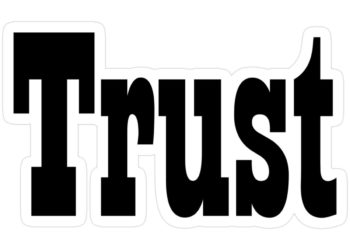In the world of equity markets, investors often encounter terms like “green shoe option” and “entitlement shares.” Both mechanisms play crucial roles in initial public offerings (IPOs) and other stock issuance processes, providing stability and value for both companies and investors. Here’s a look at how these tools work and why they matter.
A green shoe option, also known as an over-allotment option, is a provision in an IPO agreement that allows underwriters to sell additional shares, typically up to 15% more than the initial amount offered. Named after the Green Shoe Manufacturing Company, the first company to use this option in 1963, the green shoe mechanism is now common in IPOs worldwide.
Underwriters employ the green shoe option to stabilize the stock price after the IPO. If the demand for shares is higher than anticipated, underwriters can activate the green shoe option to increase the supply of shares without needing the issuer to create additional stock, thereby helping to meet demand. Conversely, if the share price falls below the offering price, underwriters can buy back shares to support the price, providing a stabilizing effect on the stock in its early trading days.
For companies going public, the green shoe option provides a buffer against volatility and helps ensure that the IPO is well-received. For investors, this mechanism offers reassurance that underwriters will act to prevent drastic price drops in the stock’s early days on the market. It’s a tool that benefits both the issuing company and the investing public by promoting a more stable trading environment.
Entitlement shares are another mechanism used by companies, usually to reward existing shareholders or give them an opportunity to maintain their stake when new shares are issued. These shares are often part of a rights issue, where a company offers additional shares to current shareholders at a discounted rate. This process helps the company raise additional capital while giving existing investors a way to avoid dilution of their ownership.
Entitlement shares are typically offered at a price lower than the current market value, making them attractive to existing shareholders. If shareholders choose not to exercise their entitlement, they may sell the rights on the open market, allowing other investors the chance to buy in. This tool is often used in capital-intensive industries or by companies looking to fund new projects, acquisitions, or debt reduction.
While both green shoe options and entitlement shares involve the issuance of additional shares, they serve different purposes and are used in different situations. The green shoe option is primarily a tool for underwriters to stabilize the stock price after an IPO, while entitlement shares are aimed at raising new capital from existing shareholders without immediate plans to go public.
Green shoe options are part of the IPO process, controlled by underwriters, and generally limited to a 15% over-allotment. Entitlement shares, on the other hand, are part of a rights issue, giving existing shareholders the choice to maintain their equity position.
Both mechanisms have implications for market dynamics and investor decision-making. Green shoe options can influence short-term price movements in a newly listed stock, while entitlement shares affect longer-term shareholder value and ownership structure. Investors looking to participate in an IPO may view the green shoe option as a sign of commitment to price stability, while existing shareholders may see entitlement shares as a signal of the company’s growth ambitions.















